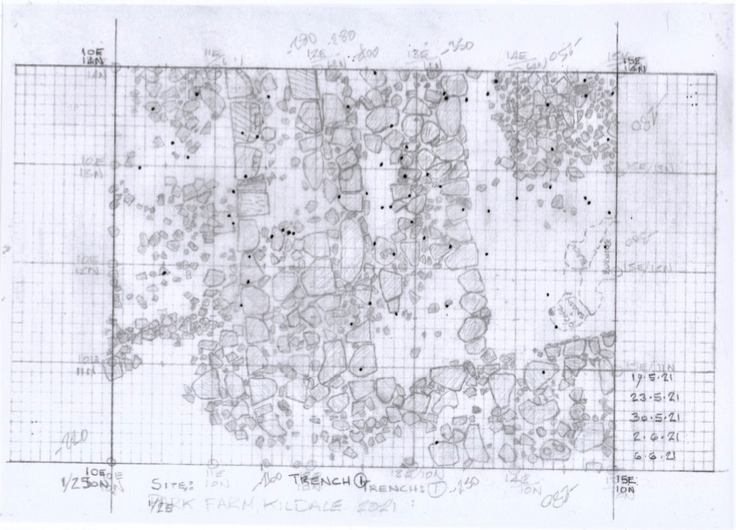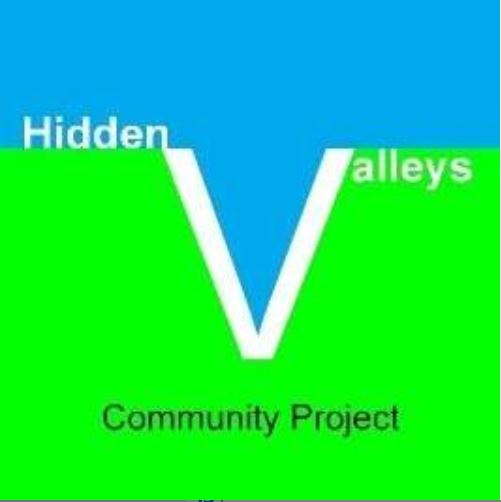I think it is becoming increasingly obvious to all of us that have been excavating and researching the Chapel site at Park Farm, that we are moving out of the shadows of a small amateur excavation into the realms of sub-national importance.
As a consequence, we may have to re-evaluate our methods of excavating, recording and reporting in order to conform with the prevailing archaeological best practices and standards in order to avoid problems in the future with peer scrutiny.
There are four current practices that are the bedrock of our high standards and which will continue throughout all our excavations.
- Detail surveys of all features, at all levels, in all trenches.
- Accurate recording of at least two sections per trench and where possible, the pottery and other items could be projected onto the sections.
- The location of each individual piece of pottery, metalwork, holed tile, glass, slag and other relevant items.
- Pottery washing as soon as possible after their discovery followed by a display of the items, maybe during the following excavating day. It has been suggested that the washing could take place on site – but I think that is impracticable. One process we are developing is the use of the coordinates generated from the intersecting distances that all of you have been taking. The ultimate goal has always been to use these coordinates to produce a distributional diagram on transparent film that could be overlaid on the feature surveys.
These distributional diagrams could show:
- Pottery wares at different levels.
- Vessel types.
- Usage – soot coating = cooking = domesticity.
- Pottery dates at different levels.
Holed tiles. The process would involve the coordinates being inputted onto a spread sheet, together with a code for all the pottery wares identified during the Pottery Workshops taking place in October and for all the categories listed above. The computer would then plot those items on film together with their unique number.
This process is reality not some dream and is well on the way to fruition. As far as we are aware this is the first time this type of recording has been used and will prove to others that we are recording this Chapel site to the very best standards second to none. Although we are not using context sheets, which the practices listed above to some degree make redundant, there will be Feature Register sheets on which each feature (walls etc) will have an allocated number, coordinate, description and links to photographs and survey sheet numbers. Section layers will also have numbers. We will also try to identify soil types and apply them to the features and sections.
Below is a preliminary plot of all items found during the first five days of excavation and is intended to be a demonstration. Each dot is an item.
All the best, Roger Inman.

